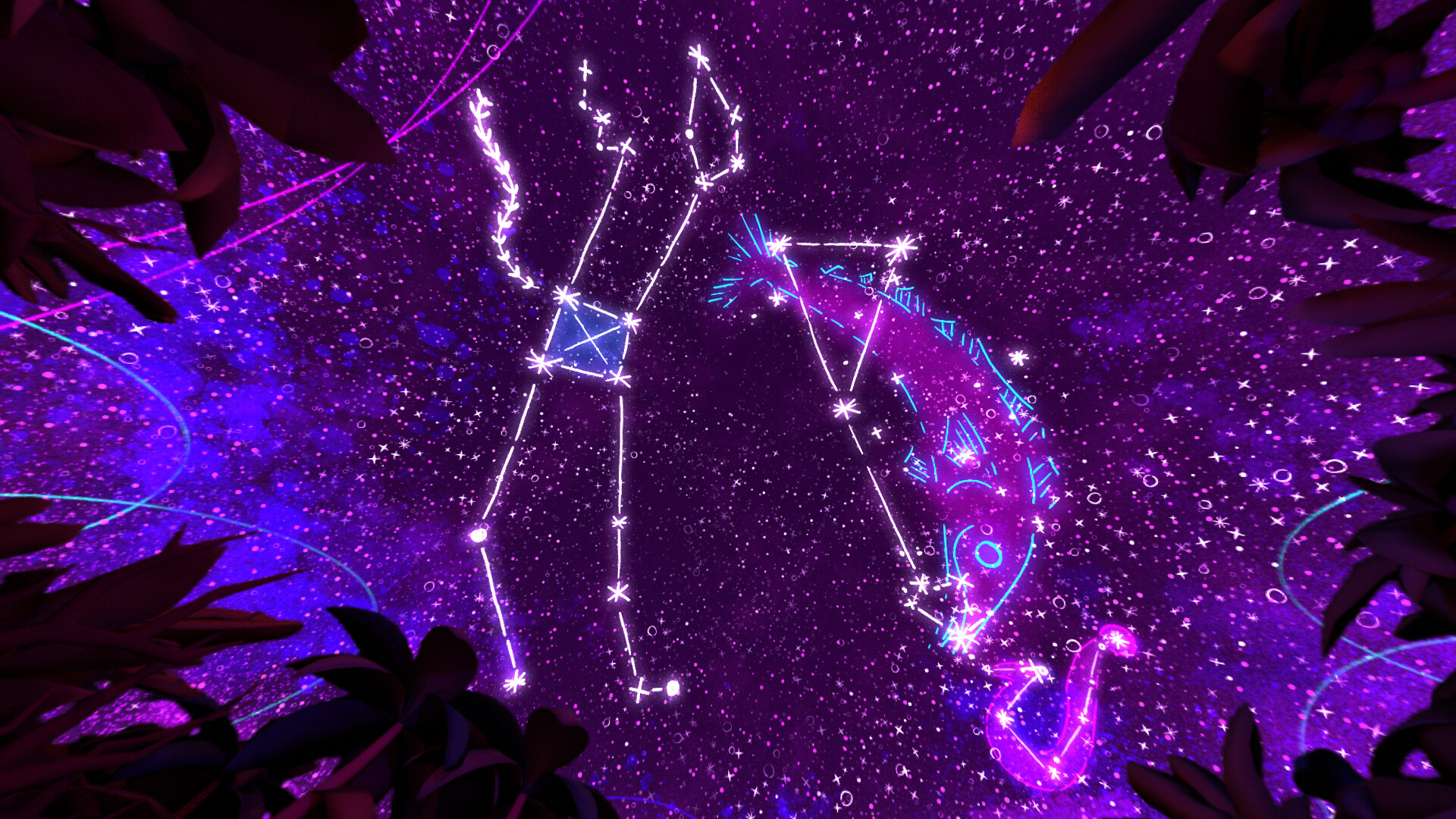
Look no further than your personal device to see seven award-winning Indigenous films about astronomy.
The astronomy films come courtesy of the One Sky Project, which is led by the University of Hawai'i 'Imiloa Astronomy Center and sponsored by the National Science Observatory's Thirty Meter Telescope or TMT. (The TMT is a controversial observatory aiming to be situated on traditional Hawaiian land at Maunakea, nearby the Keck Observatory.)
The films by One Sky span traditional sky stories in what are now called Canada, Hawai'i, India, Japan, the United States and Greece. Sky stories often are linked to certain locations, and sometimes can only be told by appointed people in the community at special times of the year.
"The project is an international collaboration that seeks to build cross-cultural connections and increase understanding of different Indigenous perspectives while demonstrating how our one sky connects us all," the participating organizations of One Sky said in a release. All seven short films can be watched and downloaded for free on the project's website.
Related: The Native American night sky: 7 starry sights to see
While astronomers around the world use the International Astronomical Union's 88 constellations as a reference system of measurement for celestial locations, the community is working to be more inclusive of other traditions. That's because constellations, star names and the like are based upon the culture from which one comes.
From samurais to thunderbirds, the One Sky stories bring perspectives from Indigenous peoples around the world that are meant as examples of human diversity, project representatives said. One Sky wants to spread that message widely; aside from use on personal devices, planetariums around the world can also access the videos for educational showings.
"To have people learn about how other peoples connect to the cosmos adds to the vibrancy and depth of our world and the many cosmic perspectives represented therein. I'm hoping that this project will further advance Indigenous voices, and also better inform international science," Ka'iu Kimura, executive director of the 'Imiloa Astronomy Center, said in the same release.
Related: What's the story behind the stars?
The TMT collaboration that sponsored the One Sky Project seeks to add an observatory to the large set already atop Maunakea, including Keck and the northern Gemini Telescope. Native Hawai'ians, however, argue the mountain is sacred and have been protesting or blocking the astronomers' presence there for decades.
Earlier this year, Hawaii announced it will form a new agency to oversee Maunakea's activity. Called the Maunakea Stewardship and Oversight Authority, it is set to begin operations in 2028 to determine the fate of astronomy in that location. Authorities have pledged that such decisions will be made collaboratively along with the local community.
Aside from examining the TMT, the authority will also rule on what happens after a 65-year lease to the University of Hawai'i, issued by the state, runs out in 2033. (The university subleases the land to the current observatories.)
Manuakea's legacy was discussed in detail in the Astro2020 report, a decadal survey to guide U.S. astronomy efforts. The report also called for astronomers to use community-based science at its observatory locations.







